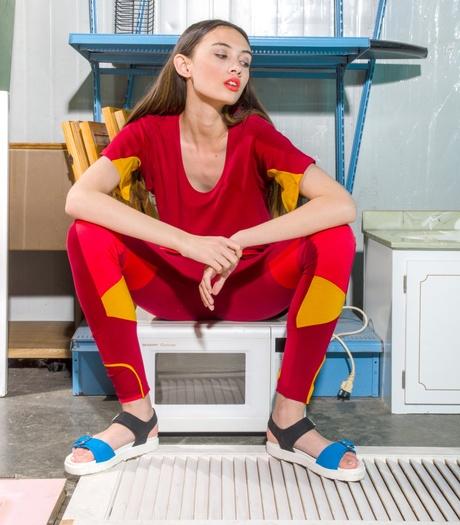Space Between: A Model of Social Innovation for Fashion
abstract:
In 2012 the company New Zealand Post and Kiwibank approached the Massey researchers with the declaration “‘We have a problem. We have a waste stream we would like to take responsibility for.” The company currently source around 9,000-10,000 garments per year from a corporate uniform manufacturer which once they have reached their end of life; i.e. either worn-out, or obsolete after a redesign or a change in corporate branding; due to security issues, and to protect their corporate image, they are exported to Papua New Guinea to be disposed. This issue prompted Whitty and McQuillan to ask, can they as fashion researchers/designers develop a collaborative solution for step-change through social innovation with a corporate partner by extending their environmental responsibility? Can they adopt and implement new green business thinking (Niinimaki) to address these issues and develop alternative connections between design, manufacturing systems and consumption habits? Their response has been to establish a strategic enterprise/research innovation at the College of Creative Arts in Massey University called ‘Space Between’ (2015) that has led to a new business model for fashion design. It takes the form of design-led activism, exploring the potential of a ‘fashion incubator’ for fashion enterprise and research with an agenda to bring about 'positive change' in industry. It proposes a new social
dimension for design practice, social development and for increased societal participation in the design process (co- design/pre-order/feedback fashion/crowd sourced). It will be oriented towards addressing sustainability issues such as resource depletion, consumption and production. The innovation incorporates Alastair FuadLuke’s framework for contextualising design activism (2009). The design actions and outputs will result in: information/communication (online, workshops, garment patterns etc), process (manufacturing/design techniques), action (design and production) and artefacts (garments). It will aim to find a sustainable balance (Niinimaki 2013) between the design, manufacturing and consumption of garments by reducing the speed, volume and impacts of ‘waste-ready’ global consumerism by examining the productservice system to transforming negative consumption and production patterns. It will enable designers (students/graduates/lecturers) to harness the ‘waste’ from industry to work together towards a shared goal. Space Between (2015) has the potential to make a meaningful contribution to the economic and social development of New Zealand and other communities globally because it utilises a ‘solution oriented design’ method of addressing waste stream from industry. It creates employment as a social enterprise in partnership with EarthLink; and provides an opportunity for students to integrate real world experiences into their learning.


